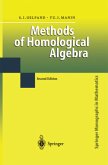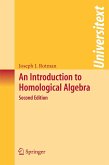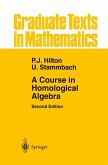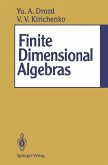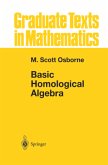Homological algebra first arose as a language for describing topological prospects of geometrical objects. As with every successful language it quickly expanded its coverage and semantics, and its contemporary applications are many and diverse. This modern approach to homological algebra, by two leading writers in the field, is based on the systematic use of the language and ideas of derived categories and derived functors. Relations with standard cohomology theory (sheaf cohomology, spectral sequences, etc.) are described. In most cases complete proofs are given. Basic concepts and results of homotopical algebra are also presented. The book addresses people who want to learn a modern approach to homological algebra and to use it in their work. For the second edition the authors have made numerous corrections.
From the reviews of the second edition: "This is the revised edition of a modern approach to homological algebra by two leading writers in the field. It is based on the systematic use of the language and technics of derived categories and derived functors. The reader has all the basic material and a lot of examples ... . This book can be used by students just beginning to study homological algebra, as well as by specialists who will find there some points which have never been clarified in the literature." (Jean-Claude Thomas, Belgian Mathematical Society - Simon Stevin Bulletin, Vol. 10 (2), 2003) "It is a pleasure to have on the desk this second edition from a new classical text in mathematics. ... this text has to be seen as part of the general process of unification in mathematics." (Bernd Richter, Zentralblatt MATH, Vol. 1006, 2003)


